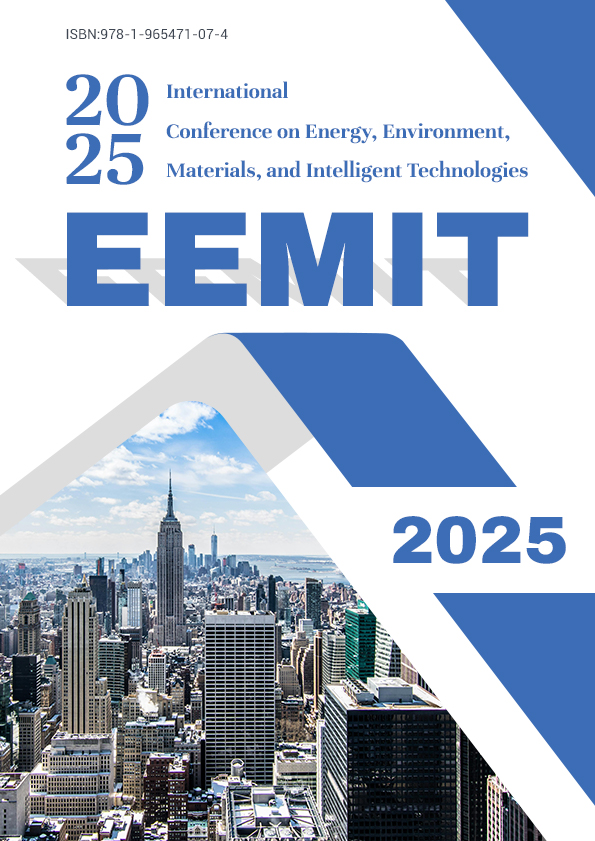Analysis of Leakage And Remediation Measures for Large Water Conveyance Canals

Authors:
Shuguang Lv, Geng Wu, Peng Liu, Kai Wei, Haodong Cui
Keywords:
Middle Route of South-to-North Water Diversion Project, seepage analysis, leakage risk, remediation measures
Doi:
10.70114/acmsr.2025.4.1.P37
Abstract
It is crucial to effectively address the leakage risks associated with large water conveyance canals to ensure both the operational integrity of the project and the safety of cross-regional water transmission. This paper examines the leakage risk in a filling section of the main canal within the Middle Route of South-to-North Water Diversion Project (MRSNWD). The causes of leakage of large canals are systematically analyzed through geophysical detection, field water injection test and numerical simulation, and the corresponding remediation measures are put forward. The research shows that the leakage of the canal section does not affect the stability of the canal slope. The leakage is primarily attributed to three factors: localized damage to the composite geomembrane, weak construction interfaces within the embankment, and an incomplete impervious wall failing to form continuous seal. Given the canal’s requirements for uninterrupted operation, a comprehensive solution was implemented, combining anti-seepage grouting within the embankment, slope drainage and installation of a drainage prism at the slope toe. Three-dimensional seepage modeling confirmed the solution’s effectiveness, showing the post-treatment seepage gradient at the slope toe reduced to 0.28, with the exit point stabilized within the designated drainage area. Field monitoring further validated the scheme, demonstrating that the leakage was effectively eliminated following implementation, thereby ensuring the project’s long-term operation safety. These findings offer valuable reference for managing leakage risks in similar projects.


